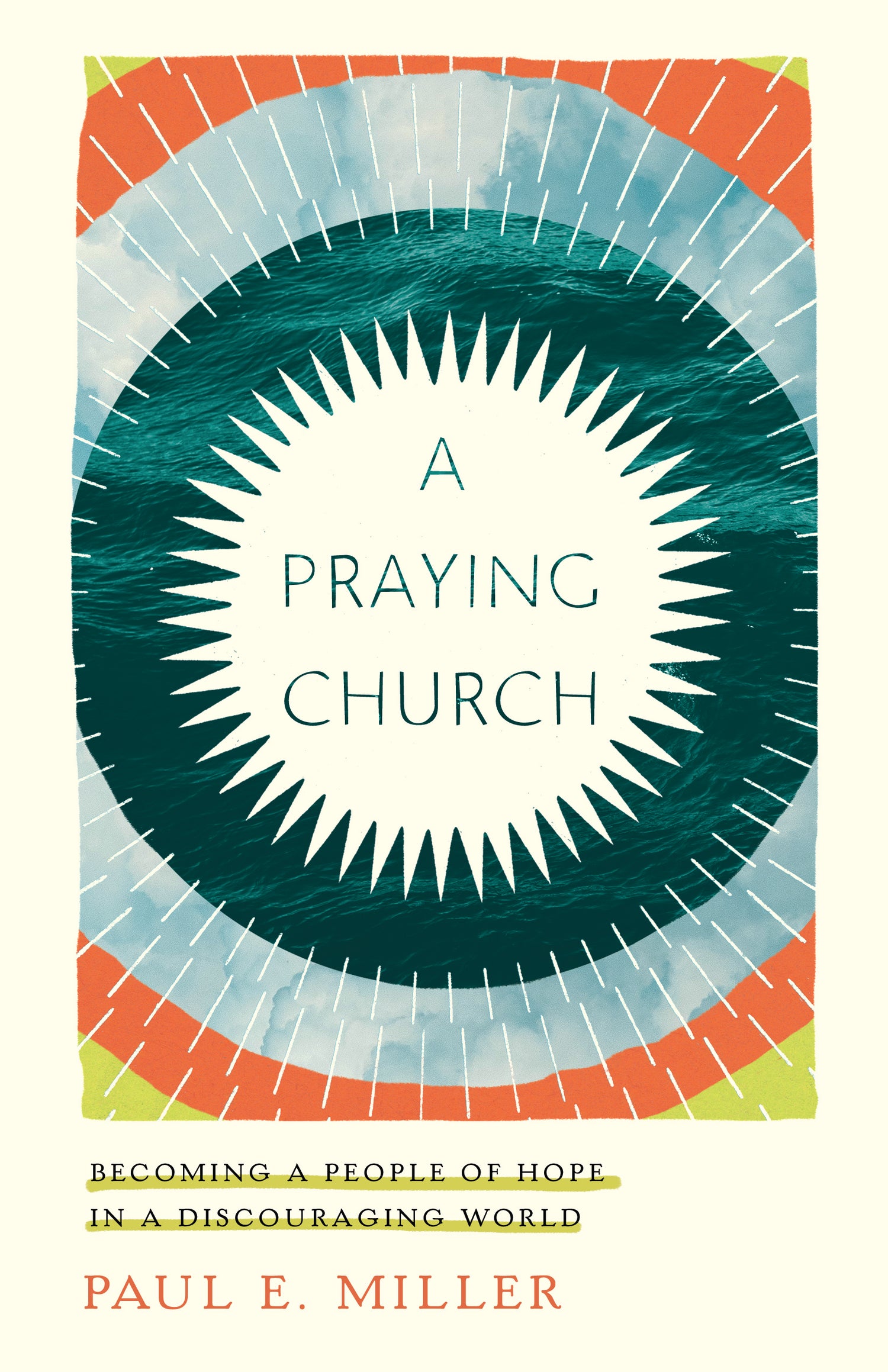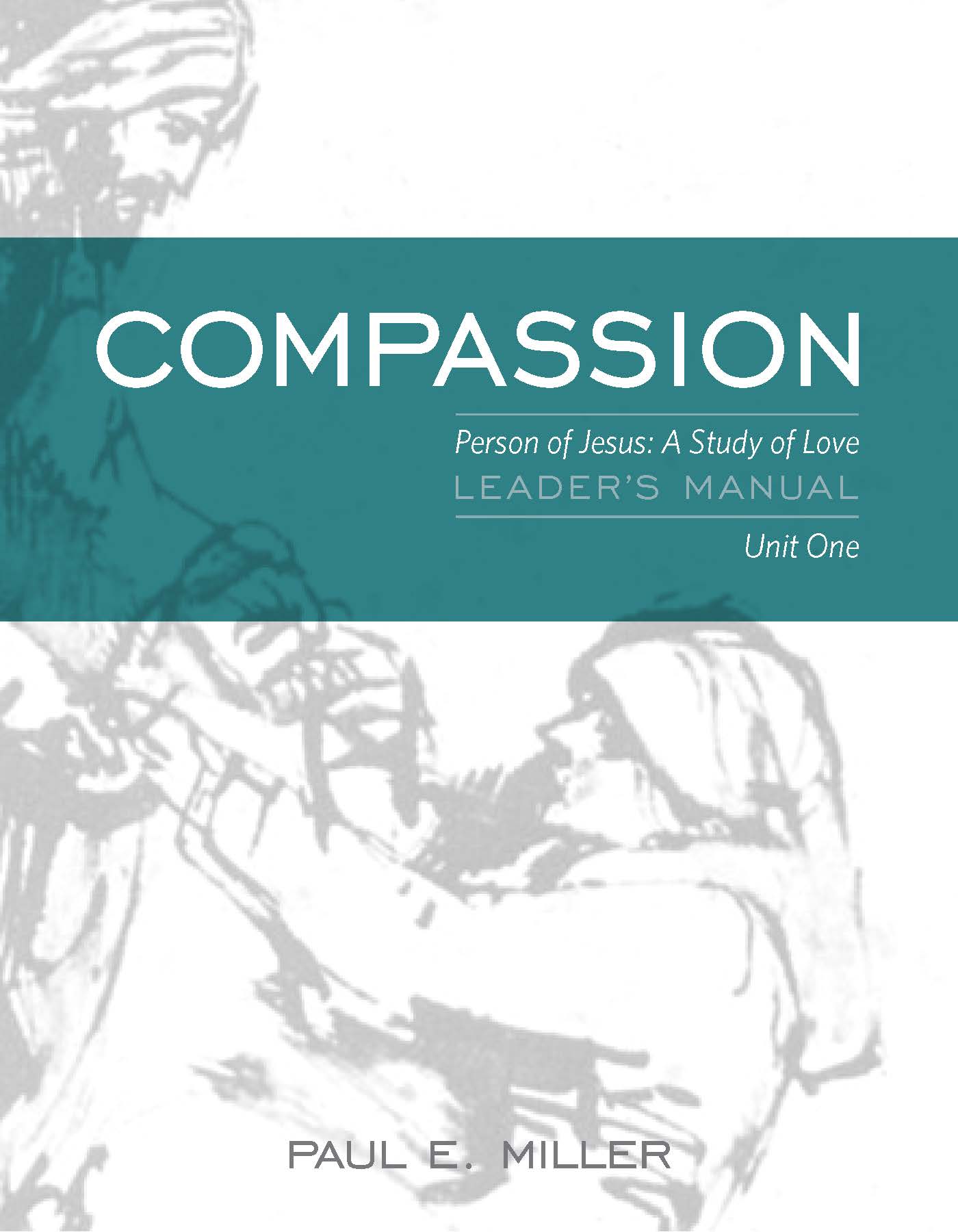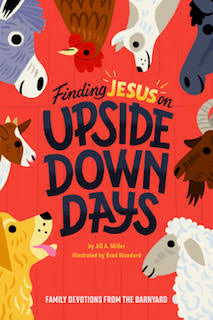Jesus spends the last six months of his life going lower, down to Jerusalem and to his death on the cross. At same time, we begin to see the disciples wanting to go higher.
We see this starting right after the Mount of Transfiguration, as they are returning to Capernaum. When they get back to “the house” in Capernaum (which is probably Peter’s house), Jesus asks them, “‘What were you talking about on the way?’” Mark tells us, “They kept silent, for on the way they had discussed which one of them was the greatest” (Mark 9:33-34).
It’s very possible that what happened at the Mount of Transfiguration led to their argument. On the mount, three disciples were selected out as “special” to Jesus – Peter, James, and John. It’s the first time that had happened, and it seems quite likely that enflamed jealousy within the disciples.
From the different lists that Matthew, Mark, Luke, and John give us of the disciples, it appears there were two somewhat distinct groups: one led by Peter, and the other one led by Judas. We can surmise a measure of “grouping” because Judas twice is paired with two other disciples, and there’s a fourth disciple who is often paired with the two that Judas is grouped with. All four of these disciples come at the end of all the lists of the disciples, and we know nothing about them except for Judas. Nothing else about what these disciples do, or ask for is ever mentioned in Scripture. One of them is Simon the Zealot, so it may be that this is a strong, semi-political faction within the disciples.
Having arrived in Capernaum, Jesus is very gentle with the disciples. He puts a child in front of them, perhaps one of Peter’s, or one of his relatives, and says, “If anyone wants to be first, he shall be last of all and a servant of all. And whoever humbles himself, like this child, is greatest in the kingdom of heaven” (Mark 9:12). He’s pointing them to a downward path right at the moment they’re arguing about who is going upward.
Not long after that there’s the story of the Sabbath lunch, where everybody is jostling for a better seat around the host. Jesus tells them very directly to take the lower place. We also see this tension between low and high when James and John get their mother to go to Jesus on their behalf. She (accompanied by her sons) asks Jesus if James and John can sit on the right and left side of his throne. Jesus, again, is very gentle, saying to James and John, “Are you able to drink the cup that I will drink?” (Matthew 20:22). Again, he follows the same theme: take the lower place.
Again, he follows the same theme: take the lower place.
The last scene is at the Last Supper itself. We know that they had an argument among themselves about who was the greatest. It is very possible that the washing of the disciples’ feet was in part Jesus modeling for them this taking the lower place.
One of the most striking things about Christ is his decision of the will. In taking the low place and heading to the cross, he releases the power to protect himself in order to serve others. It is striking how clear Jesus is in saying that he does this on his own decision. He doesn’t drift into Calvary. He’s not “caught up” by the cross. He makes a decision to take the low place: “For this reason the Father loves me because I lay down my life that I may take it up again. No one takes it from me, but I lay it down on my own initiative” (John 10:17-18).
What makes God so glorious is his love. Love is this complete emptiness of self-will, complete giving for other people, where I don’t seek my own life. That’s why the broken and contrite person is so close to God. He is right where God is all the time. He joins the heart of God. Humility is the beating heart of love.
Watch Jesus go low – and love with stunning beauty – through the last week of his life. Sign up for our Passion Week Pilgrimage, and receive daily email devotionals from Palm Sunday through Easter Monday. Sign up here!








